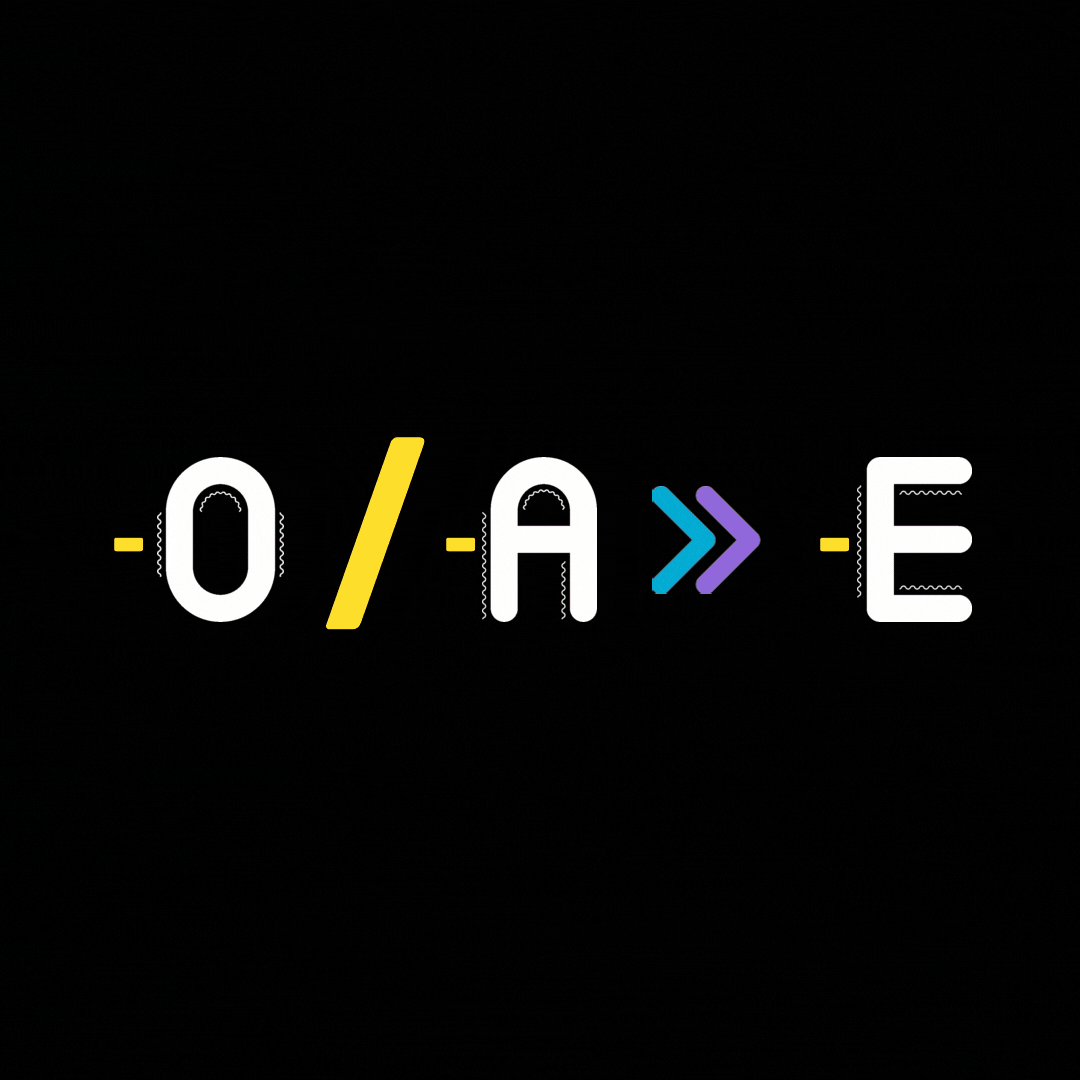Asher Arey

Inclusive Language refers to, "language that avoids the use of certain expressions or words that might be considered to exclude particular groups of people" (Inclusive Language Guide: Definition & Examples | Rider University). Inclusive language can be a powerful tool, as language constructs the way we think about the world around us. So, if we use non-inclusive language (ex. "mankind" instead of "humankind" ) we not only exclude some identities, but in many cases, we further perpetuate the societal bias that the male perspective is the dominant, or "normal" perspective.
Further reading: Q&A: Why Inclusive Language Matters | Duke Today
Inclusive language obviously looks and works very differently in different languages. In English, we generally swap the non-gender-inclusive word in question for a completely new word. For example, when referring to a group of people, one would swap "you guys" for "y'all", or maybe "folks/folx". Many inclusive words, like parent, sibling, and child, in place of father/mother, brother/sister, and son/daughter already exist within the English language, while others have been created to promote inclusivity as part of the inclusive language movement.

While using inclusive language in English can be challenging at first, swapping non-inclusive words for inclusive ones makes deconstructing our male and heteronormative way of speaking and writing much easier. This swapping formula does not work in many languages, especially gendered languages, such as Spanish.
Before continuing, it is important to note that this article was written by a non-native Spanish speaker. These are general guidelines, as it is always best practice to ask the individual/group to whom/which you are speaking to for pronouns/titles, and adjust accordingly. It is never appropriate to force inclusive Spanish language, or Anglicized terms such as "Latinx" among native Spanish speakers, as it can be offensive and culturally insensitive.

While Latinx/Latine may seem new within the context of higher education within the United States, the use of “x” has been used in the Spanish language to signify non-binary forms of gender for more than 20 years (Educational Resources - LGBT Queer Resource Center | CSUF (fullerton.edu).
As outlined in the article linked above, replacing the ending vowels o/a with x/@ (Latino -> Latinx or Latin@) is one way to denote inclusivity in written Spanish. The problem encountered is that these words aren't able to be pronounced in spoken Spanish, as well as being Anglicizations of the written Spanish language. Most native Spanish speakers prefer swapping o/a with e, as it is pronounceable in Spanish.


The rule in Spanish that everything must agree in gender and number still applies, even when using the gender inclusive -e ending, which does not denote a specific gender. This means that gendered adjectives (lindo/a, alto/a, loco/a, etc.) should end in "e" when describing a gender inclusive Spanish noun. Spelling changes apply to adjectives as well.
"Ella es bonita" -> "Elle es bonite"
"Todos los niños son confundidos" -> "Todes les niñes son confundides"
"Ellos son locos" -> "Elles son loques"
Just like using gender-neutral language in English may seem rare at first, swapping an o/a for an e in Spanish is one way to make everyone feel included, and becomes easier with a little bit of practice. Reminder: do your own research on gender-neutral Spanish (I personally like DuoLingo and Quora) and be willing to adjust, as well as apologize when necessary. Ultimately, the best way to learn about gender-neutral Spanish is by listening to native speakers and. experts in the field.
TikTok Creators using inclusive Spanish:
@asif.tv
@mxtheythem
Guía de Lenguaje Inclusivo:
